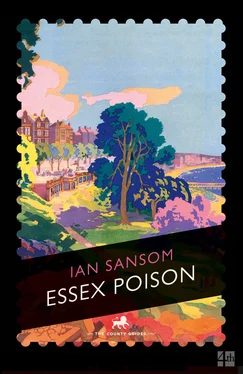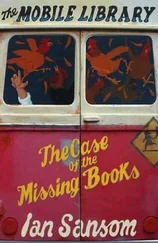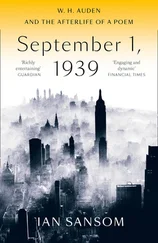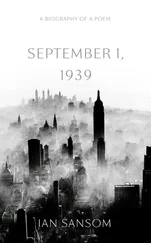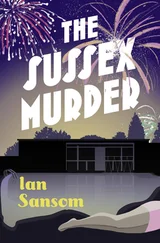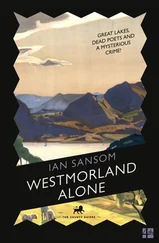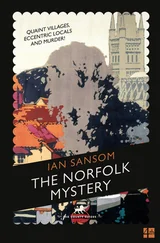I went to Klein’s Russian Turkish Baths not to get clean – there were plenty of places in London you could go to get clean. (Probably the best baths in those days were on Grange Road in Bermondsey, a palace in marble and stone, but they were always crowded with women doing their washing and children in the swimming baths.) I went to Klein’s, and to the old Ironmonger Row Baths, and one or two other places in Soho that offered other services, for the same reason in those years that I went to bars and to pubs, and to bottle parties: to escape.
The effect of entering Klein’s was profound and instantaneous. You walked down the corridor away from the reception and into a world that was warmer, hazier and altogether more pleasant than that which you left behind – the effect of heat and damp, of low lights and lowered voices. A few Moorish-style lanterns on the wall lit the way to the changing room.
I undressed and showered: you always showered before bathing. The rusty spigots that served as showerheads spat out a trickle of warm water that ran into a gutter that circled the room like a castle moat, and which was always almost-but-not-quite full to overflowing with a foaming tide of suds. Berrak probably needed to spend less time smoking narghile and more time slopping out, but then again this was all a part of the charm of the place. Klein’s was neither a true Turkish hamam nor a Russian banya: it was a step down and away from the city into the secret and endless comforts of the River Lethe and the waters of forgetfulness. Some people said that the water was diverted from the River Fleet itself. It was London, underground.
Leaving the changing room, I walked down more slippery stone steps and through and along another corridor, inhaling the rich, thick damp vapour as I went. Pipes overhead hummed and belched and rattled with steam. It was as though the building were alive, an actual being, welcoming you and embracing you. I felt my shoulders relaxing and my chest expanding with every breath. I had spent the evening gambling and drinking – gin, cheap white wine, and whatever else I could get hold of. I was feeling pretty tight.
The corridor led to a tiny pool not much larger than a water tank, which you climbed up and into via stepladders. There was nothing down here – ten, twenty feet beneath High Holborn – but darkness and the sound of running water. Set around the pool was a series of steam rooms of varying heat, set aside for various activities. Mixed bathing was permitted at Klein’s, but I never once saw a woman there. It was a place for men to be men – and to forget to be men.
I had paid Berrak for the masseur, a tough little Lascar who everyone called Darjeeling, though of course that can’t possibly have been his name. I’m rather ashamed now to admit that I never bothered to ask him what he was really called. He had permanent quarters established in one of the cooler steam rooms. I knocked, stepped in and handed him my token. As was his custom he immediately set to work without a single word.
The Darjeeling Room, as everyone called it, always smelled the same: of sweat, cheese and tobacco. It was a place where time stood still and where Darjeeling practised the ancient arts that he may have learned in India, or in the navy, or perhaps indeed from a book like Morley’s Scientific Massage: Principles and Techniques (1922), in which Morley recommends the vigorous application of talcum, vaseline and lanolin, not only for the purposes of improving muscle tone and relieving pain, but also in order to ‘align the body’s organs and to release the natural flow of human energy’. Darjeeling was not much interested in alignment and releasing human energy. He worked as if you were a horse or some show dog presented for grooming. He used a hard horsehair brush, which he worked in small circular motions all over the body to remove the top layer of dirt, before hosing you down and getting to work with his fingers, elbows and – occasionally – his entire fist. The experience was painful, but there was no doubt that it was also a pleasure, an honour even to be worked upon by a man with such skills. In the privacy of Klein’s, Darjeeling became your mother, your lover, your persecutor, comforter and friend.
Duly pummelled, exhausted and exhilarated, I thanked him – you left tips upstairs with Berrak – and worked my way weakly and slowly through the other rooms to the Russian Room, the hottest steam room known to everyone as the Oven. Between Darjeeling and the Oven there were three rooms: the Smoke Room, the Silent Room and the Golden Ring. The Smoke Room contained a red-hot wood-burning stove: the experience resembled that of being caught in a clearing in the smouldering remains of a forest fire. In the Silent Room one simply gazed at glowing hot rocks kept boiling in a pit, while in the Golden Ring men congregated for the privilege of schmeissing , a practice I have never encountered elsewhere, where complete strangers rubbed and scrubbed at one another with a hard raffia brush until the skin turned red and golden. I was not a great schmeisser ; my one and only experience had involved a man, not a regular, who’d started pawing at me. (This sort of carry-on, though not unheard of, was generally frowned upon at Klein’s, though to make my point and to throw off my schmeisser I’d had to grab him roughly by the throat, pinch his nostrils and tell him that I wasn’t going to let go until he stopped. He stopped.) In Klein’s it was my preference to act as an observer rather than as a participant. Unfortunately, that night in the Oven, I became the object of unwelcome attention.
A GROUP OF WELL-BASTED REGULARS stood around the furnace in the centre of the room, as though gathered for warmth. They were – naturally – entirely naked, their towels slung over their shoulders. I recognised some but not all of them. There was Willy Mann, who owned a couple of restaurants up around Fitzrovia and who also ran a number of Klein’s businesses on his behalf. John Jacobs, who I knew was an art dealer of some kind, though of exactly what kind was never made entirely clear. And a tiresome American, Ned Price, who was some sort of journalist and who had arrived in London from Paris a couple of years earlier and who never tired of reminding us that London was not Paris, as if we didn’t already know. There were also three or four others who from the neck down looked almost feminine, rather Rubenesque – what Klein would have called zaftig – but who from the neck up looked like they had been hit repeatedly by Jim Corbett, John L. Sullivan and Joe Louis, slowly and repeatedly, and in relay. In suits they’d have looked menacing. In the flesh, and through the haze of the Oven, they were grotesque. (In an article, ‘Getting Ugly’, published in the popular magazine Photoplay in 1932, Morley writes about the work of the actor Lon Chaney, one of his great heroes, ‘The Man of a Thousand Faces’, who dared to play grotesques, and also about Boris Karloff and his relationship with the Hollywood make-up artist Jack Pierce, who was responsible for Karloff’s incredible make-up in Frankenstein . Morley loved monsters. ‘We should always remember,’ he writes, ‘that physical defects are not necessarily signs of moral deformity.’ Not necessarily. But Morley had never been to Klein’s.)
‘Well well,’ said Willy Mann, who spotted me as I entered. Willy was a humourless individual with the manners of a second-rate maître d’, who liked to think he knew a little bit of everything about everyone. ‘If it’s not the famous Stephen Sefton. Are we not honoured?’
The others turned to stare, and it was difficult not to stare back. It takes a moment to adjust to speaking to half a dozen naked men.
Читать дальше
